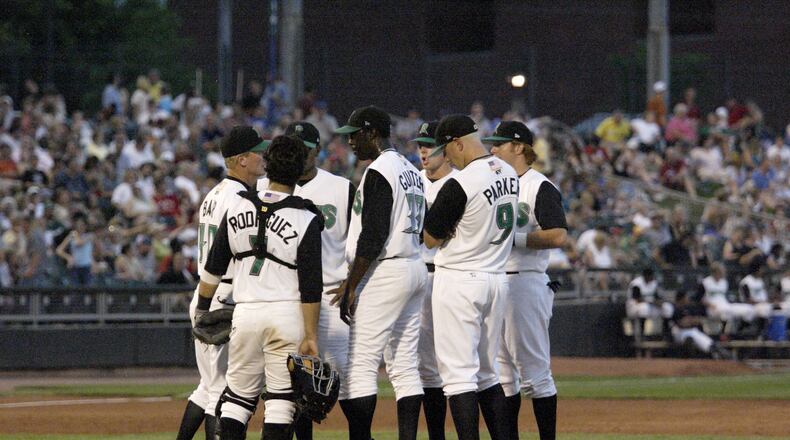At all levels of Minor League Baseball, extra innings will begin with a runner on second base. The runner at second base will be the player in the batting order position previous to the leadoff batter of the inning (or a substitute for that player).
TAKE: This makes a farce of the game, but it is also a reminder why minor-league baseball games are played: To develop major-league baseball players.
We already knew wins and losses were mostly incidental, so this should be taken simply as a confirmation.
The goal is to reduce wear-and-tear on pitchers and prevent ripple effects throughout an organization when rosters are shuffled following long games that wipe out a bullpen.
That makes sense, and this is a tolerable change so long as it remains confined to the minors.
SPORTS TODAY PM RT: @Bengals move a win-win, Bailey knocked around but Reds get good news and Scott Nagy rooting for his old team against Ohio State https://t.co/EK80lot0Ls pic.twitter.com/Lv5nlMFd8F
— daytonsports (@daytonsports) March 13, 2018
2. Most levels of the minors will also have a limit on pitching mound visits during a game this season.
Triple-A clubs will be allowed six (6) visits per team, Double-A clubs will be allowed eight (8) visits per team, Single-A clubs will be allowed 10 visits per team and there will not be a limit on mound visits for Short Season and Rookie-level clubs.
This includes visits by managers, coaches or players, but there are exceptions, including when there is an offensive substitution or a cross-up in signs between the pitcher and catcher.
TAKE: Can't hurt I guess.
3. Lastly, leagues at the Triple-A and Double-A levels will have 15-second pitch clocks when no one is on base.
That is five second shorter than last season.
With runners on base, the clock will be set to 20 seconds.
If a pitcher fails to start his windup within the allotted time, a ball will be added to the count. If a batter is not in the box ready to hit with seven seconds on the clock, a strike will be added to the count.
Pitch clocks were first introduced in some leagues in 2015, and the immediate effect was shorter games according to numbers provided by a Minor League Baseball spokesperson.
However, the reduction in length of games was not sustained over the past two seasons.
MLB commissioner Rob Manfred considered a pitch clock for MLB, but that was ultimately not one of the pace-of-play initiates announced last month for the big leagues.
The number of mound visits will be limited in MLB this season.
TAKE: Manfred's capitulation on pitch clocks at the highest level was disappointing, but using them in the minors for enough seasons might make them unnecessary.
Perhaps pitchers will fork faster at the major-league level if they are not allowed to develop the habit of stepping off incessantly for no reason and treating every pitch like there are two outs in the ninth inning of the World Series while they are in the minors.
About the Author

